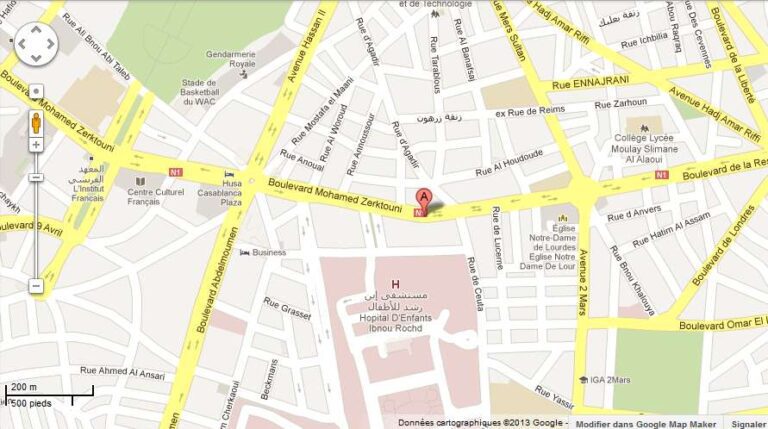Yesterday I surprised one of my friends by explaining that I’d finally managed to be sure of my address, two months after moving in. He laughed a lot, but didn’t see how it was possible.
In reality, knowing your exact address in a Moroccan town can be quite difficult, and getting to an address can be a wild ride!
Street names are changing
When France became independent, many of its streets were renamed. It’s normal, after all, why keep the names of French owners or famous men? Yes, but… first of all, they didn’t change their names just once. And still, as we knew their French names well, we kept them.
An address in Morocco, and particularly in the big cities, is often
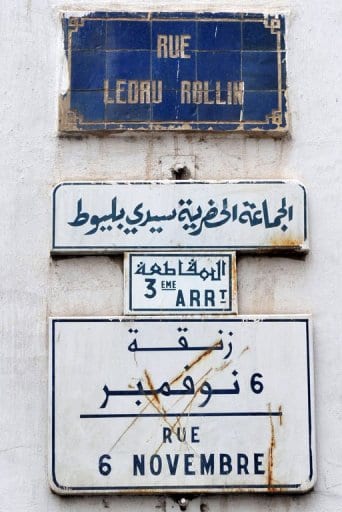
Rue El Khettani, formerly rue de l’Istliqual, formerly rue Jean Morin
Corner of the very well known Boulevard and the not so known Street
Such district
Such city
… without a postcode!
The first test for Europeans is to abandon the “map” reflex. Outside the major cities, there are no maps.
You only have to go to Google Maps to see the gaps in the map.
Street names are written in French
But the problem is that many Moroccans don’t write French very well.
Well, if I had to write Arabic, it would be worse, of course.
They write street names “as they hear them”. It’s even more difficult.
An example: the address of my bank.
My bank is on the corner of a large avenue and a small street. The avenue is Mohamed V, no problem, everyone writes that the same way.
In France, there would be an address with “Banque Populaire, n° 45 avenue Mohamed V”.
Here we do things differently.
“Banque Populaire
Angle Avenue Mohamed V et rue Serkof“.
When I saw that, I thought “strange, a Russian name”.
So I looked up rue Serkof on the map. I looked, looked, looked, visually went up and down the avenue in both directions.
I found nothing.
I picked up my banker’s business card again, and it said “Rue Sarcof“.
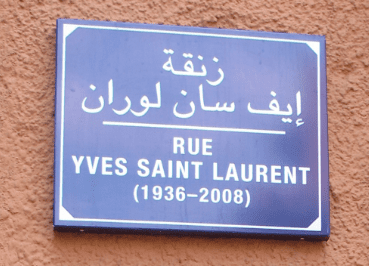
That’s very Moroccan. The same person (the bank) will write his street in two different ways.
Finally, I took the GPS point.
On the map, the street is called Robert Surcouf! (A famous (for the Frenchies) French pirate of the 17° century)
New districts: streets without names
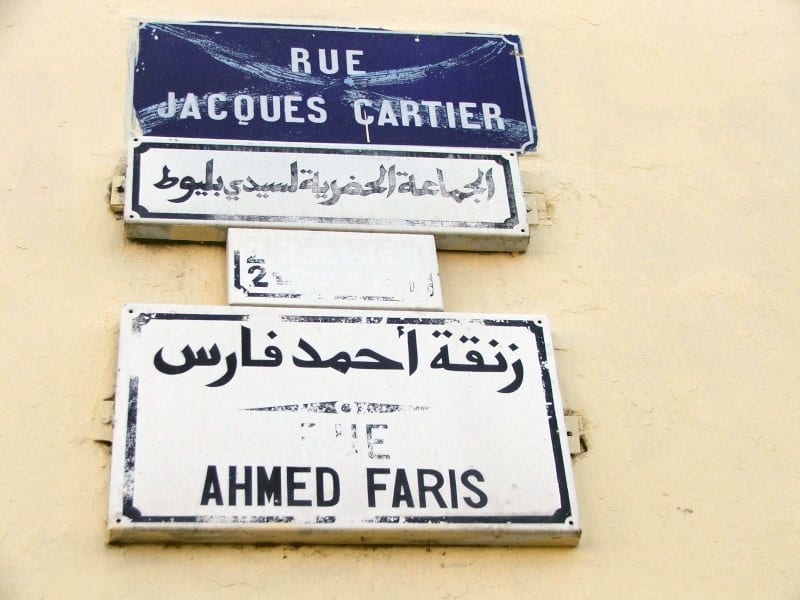
In many towns and cities, neighbourhoods are “subdivided” according to a plan. In this case, the plots are numbered. Most of the time, one house = one plot, but in some cases, an owner may buy two neighbouring plots, or split a plot with two independent entrances.
The plots are not actually numbered by “street”, but rather according to a grid pattern.
The houses are built and the residents move into their homes. The land alternates between empty plots, buildings in progress for a long time to come, and houses that have already been built.
There aren’t many shops yet, and the postman doesn’t come. The roads have no names.
The houses are numbered in relation to the plot. And it can stay that way for years.
If you’re lucky, the numbers are written on the houses. But when you get to the neighbourhood, there’s no map to show you where the numbers are…
In the big cities, street signs are often based on the French model (white on a blue background) for old street names, and reversed (blue on a white background) for post-independence names. That’s a lot to read!
When there is a street sign. That’s not always the case!
Words for orientation:
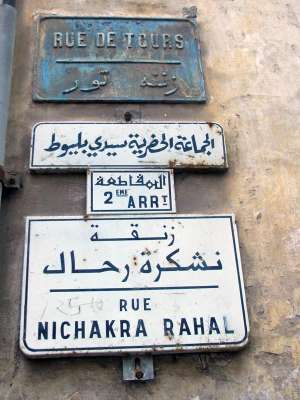
Roads and housing estates:
- street: Zenqua
- boulevard: Sharia
- voie : Nahj
- district: Hay
Directions:
- straight on: Nishan (often said nishaaaaaaaaaaan or repeated nishan, nishan, nishan to give an idea of the duration)
- left: alissen
- right: alimen
- backwards: loure
Landmarks:
- traffic light: lifeurouge (“le feu rouge”, “the red light”)
- the crossroads: croisma (“le croisement”
- the roundabout: ronpa (“le rond point”)
- the bridge: lkantra
- the railway line: Saka d Lahdid
- the signpost: lablaka (“la plaque”)
Little words :
- Sir: Khoya (actually it means “my brother”)
- Please: Âafak
- Thank you: Choukran
- Where is it? The end?
For example:
Go straight on until you reach the traffic lights and then take the first turning on the right.
Sir direct (nishan) hattal dow lifeurouge, okhod trik lawla dyal limin
Two tips
Don’t hesitate to ask for directions several times. For complex routes, you need to navigate as closely as possible, and ask again every two or three times.
In a city, learn right away to locate the main districts and main roads. In Casablanca, for example, the Gauthier, Racine, Mâarif and Mers Sultan districts, the Roudani and Zerktouni boulevards and the Avenue des F.A.R. are all must-know.
 A typo or syntax error? You can select the text and hit Ctrl+Enter to send us a message. Thank you! If this post interested you, maybe you can also leave a comment. We'd love to exchange with you !
A typo or syntax error? You can select the text and hit Ctrl+Enter to send us a message. Thank you! If this post interested you, maybe you can also leave a comment. We'd love to exchange with you !

